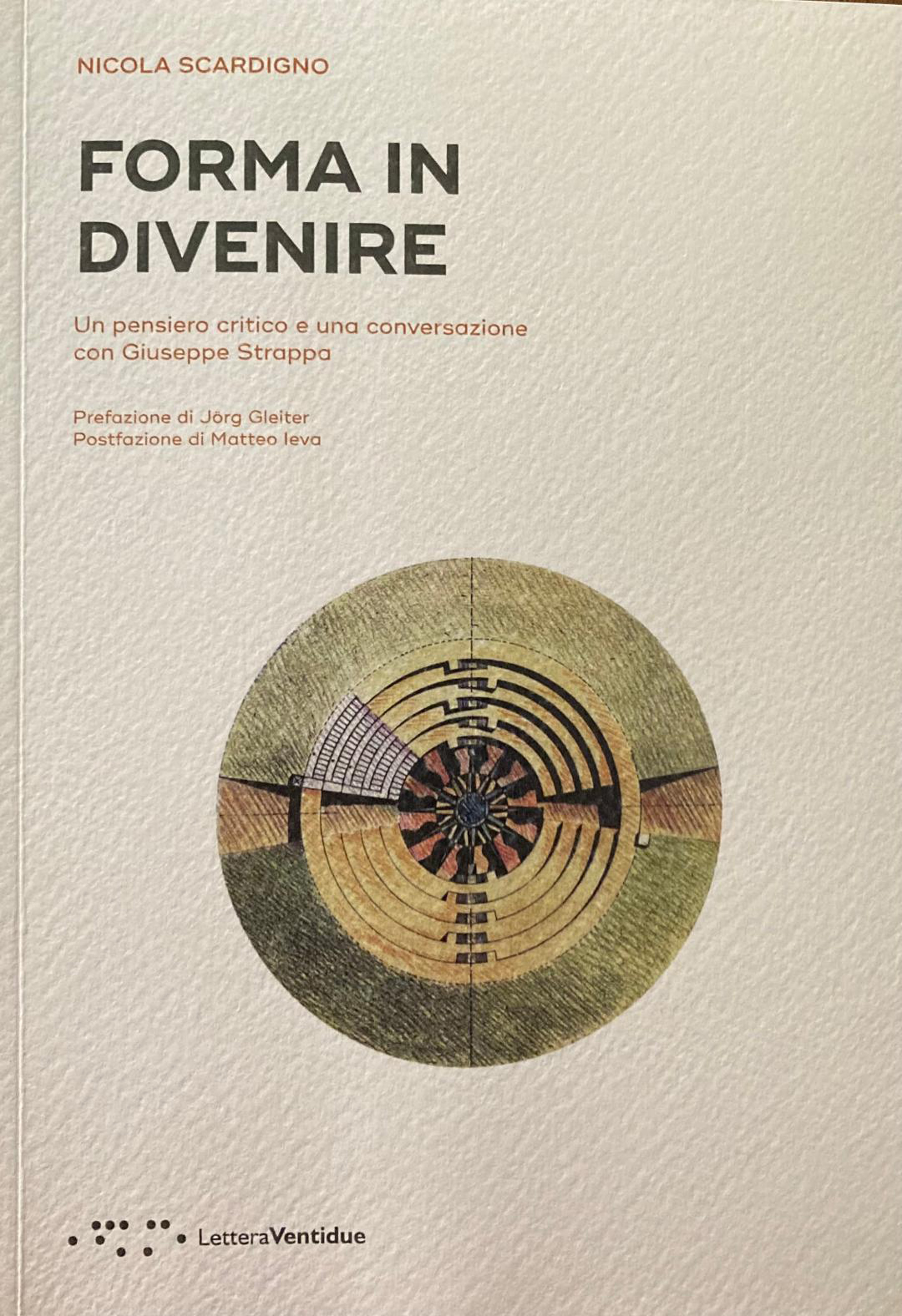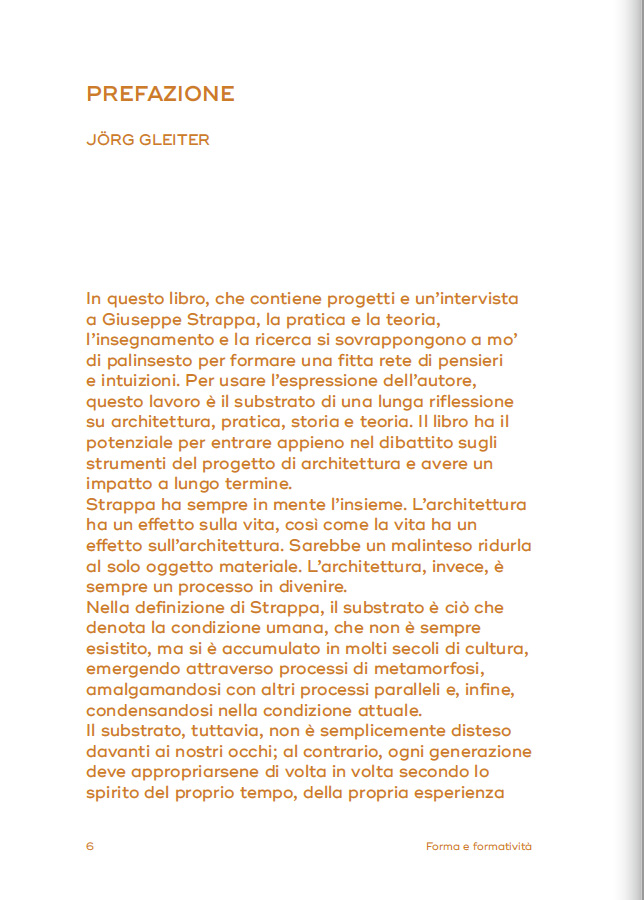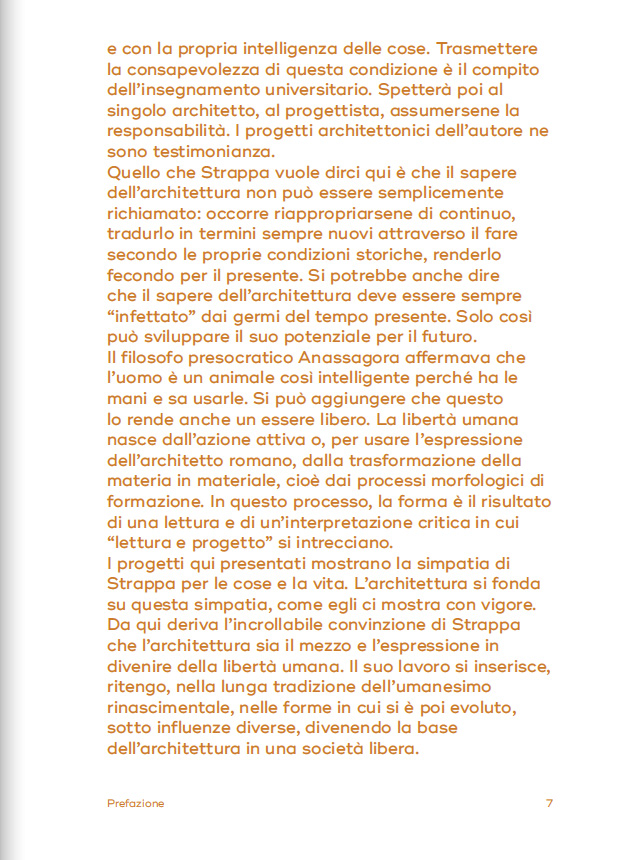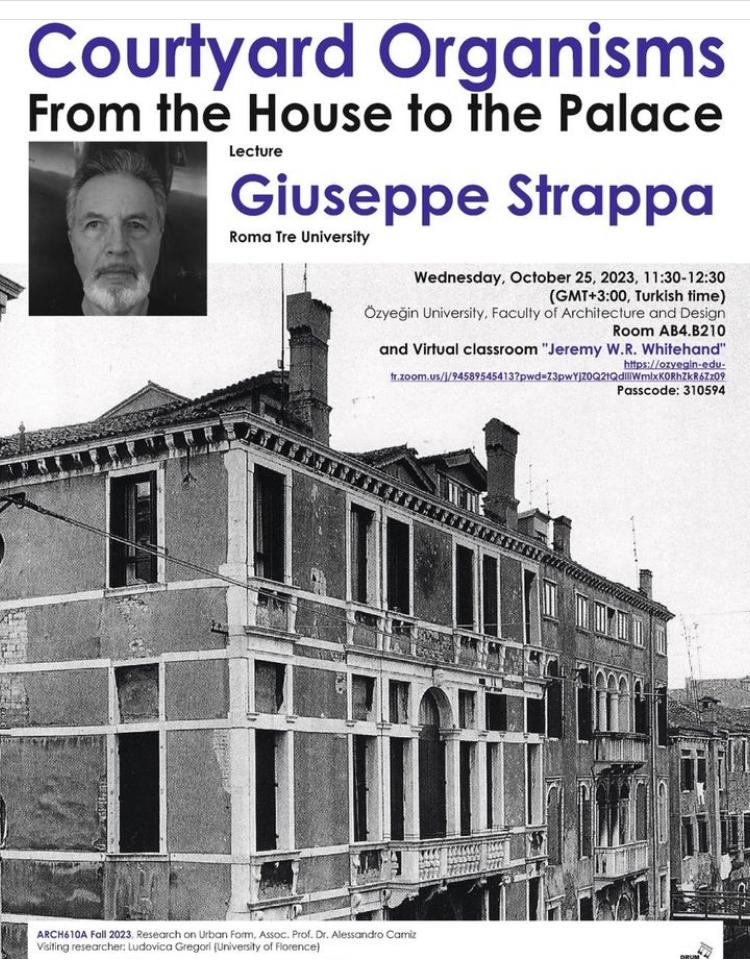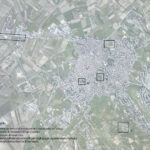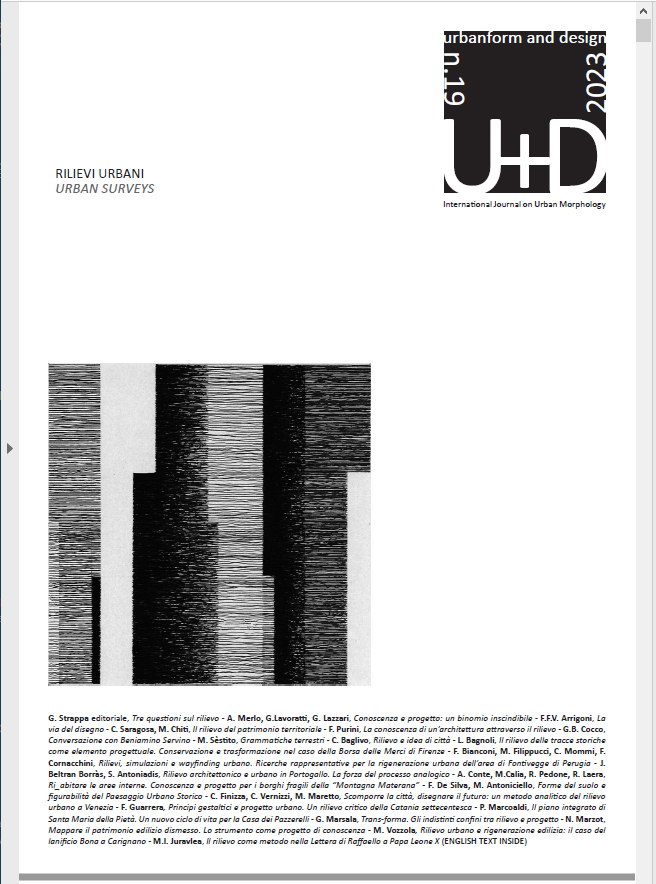U+D Urban form and design | n.20 2023 call
Territorio e Disegno urbano
Strumenti, studi, progetti
Scadenza: 1 settembre 2023
Pubblicazione: entro dicembre 2023
Territory and Urban Design
Tools, studies , design
Deadline: September 1 st 2023
Publication: December 2023
U+D Call n 20 ITA ENG (2)
Sotto la spinta di un’ urbanizzazione crescente, sono stati cancellati i confini tra la città e l’area vasta che ad essa fa riferimento, stabilendo inediti legami tra paesaggi naturali, urbani e metropolitani . Nella condizione contemporanea, questi legami sono leggibili come complessa rete di relazioni fisiche, (naturali e antropiche), e immateriali che hanno perso i tradizionali caratteri di organicità del territorio storico
La città contemporanea va ormai pensata all’interno di un nuovo paradigma dinamico: come momento di provvisorio equilibrio nel divenire d i parti e sezioni di scambio che ne ridefiniscono costantemente l’ assetto morfologico.
Il territorio, a sua volta, è oggi costellato d i piccoli centri che stanno affrontando a volte fasi di abbandono, ma anche di una inedita trasformazione e nuovi sviluppi nel rapporto tra il paesaggio agrario e ciò che resta del paesaggio naturale, facendo pensare a una possibile, originale organicità futura……
CONTINUA A LEGGERE
U+D Call n 20 ITA ENG (2)
